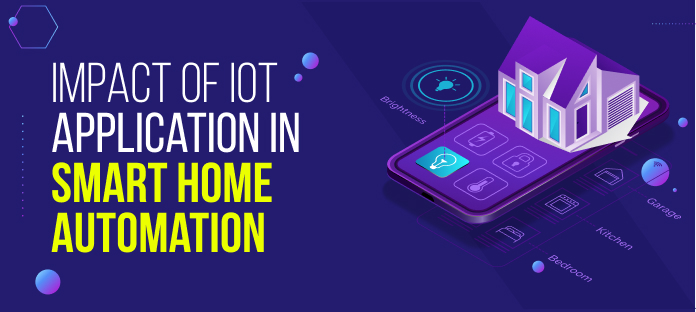“Home automation” refers to the automatic and electronic control of household features, activities, and appliances usually with IoT applications. In simple terms, it means you can easily control the utilities and features of your home via the Internet to make life more convenient and secure and even spend less on household bills.
How does home automation work?
Home automation is a network of hardware, communication, and electronic interfaces that work to integrate everyday devices with one another via the Internet. Each device has sensors and is connected through WiFi, so you can manage them from your smartphone or tablet whether you’re at home, or miles away. This allows you to turn on the lights, lock the front door, or even turn down the heat, no matter where you are. There are three main elements of a home automation system: sensors, controllers, and actuators.
● Sensors can monitor changes in daylight, temperature, or motion detection. Home automation systems can then adjust those settings (and more) to your preferences.
● Controllers refer to the devices — personal computers, tablets, or smartphones — used to send and receive messages about the status of automated features in your home.
● Actuators may be light switches, motors, or motorized valves that control the actual mechanism, or function, of a home automation system. They are programmed to be activated by a remote command from a controller.
What features are available through home automation systems with IoT applications?
Home automation systems offer a variety of services and functions. Some of the more common features available through these platforms include:
● Fire and carbon monoxide monitoring
● Remote lighting control
● Thermostat control
● Appliance control
● Home automation security systems and cameras
● Live video surveillance
● Alarm systems
● Real-time text and email alerts
● Digital personal assistant integration
● Keyless entry
● Voice-activated control
What are the benefits of home automation?
The purpose of a home automation system is to streamline how your home functions. Consider some of these benefits:
● Remote access: Control your home from mobile devices, including your laptop, tablet, or smartphone.
● Comfort: Use home automation to make your home a more comfortable, livable space. Preprogram your thermostat with your preferred settings so that your home is always at a comfortable temperature, set up smart speakers to play music when you get home from work or adjust your lights to soften or brighten based on the time of day.
● Convenience: Program devices to turn on automatically at certain times, or access their settings remotely from anywhere with an Internet connection. When you don’t have to remember to lock the door behind you or switch off the lights, you can turn your attention to more important things.
● Increased safety: Smart fire detectors, carbon monoxide monitors, pressure sensors, and other home automation security features can help protect your home from disaster.
● Energy efficiency: Home automation allows you to be more mindful of your power usage. For example, you can save on energy bills by reducing the length of time that lights stay on, or by lowering temperatures when you leave a room.









